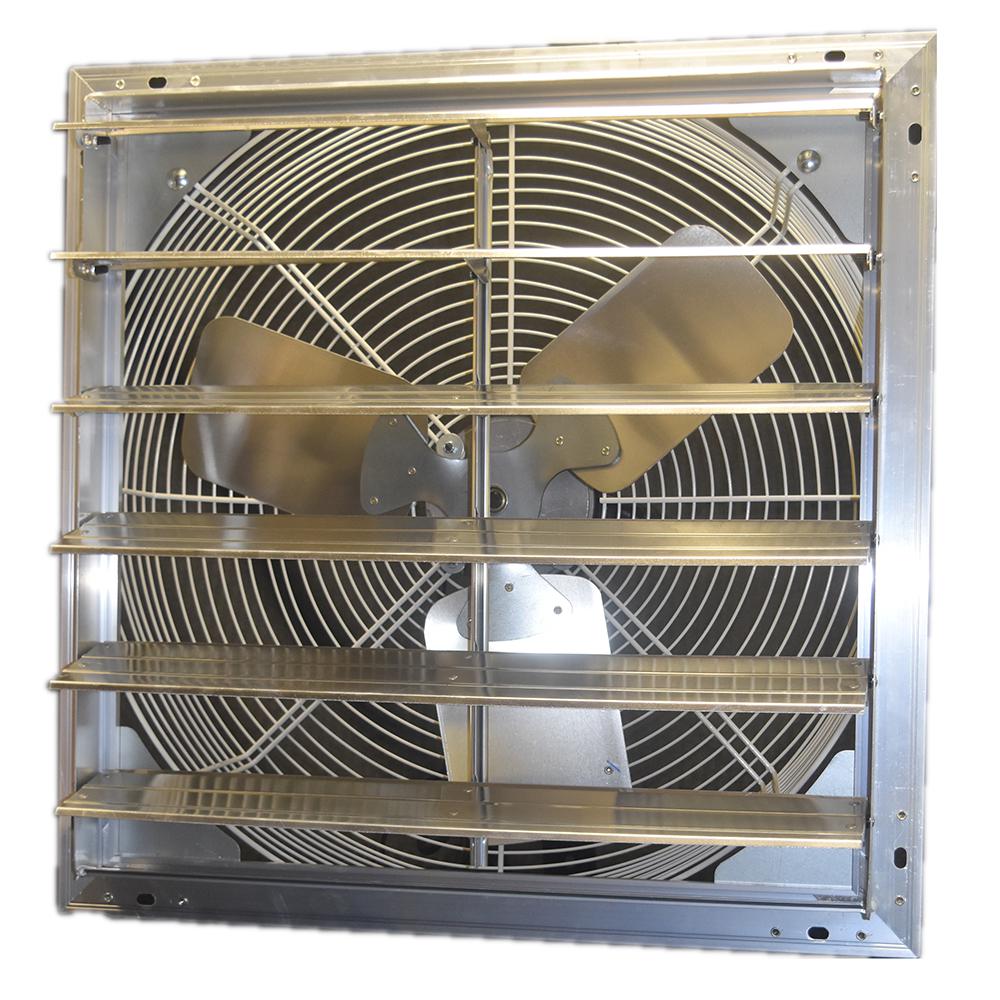For bathrooms 50 square feet and smaller it is recommended you purchase a bath fan designed for small rooms which will typically have a cfm range of 50 79.
How many cfm attic fan move.
The quietcool afg pro 3 0 attic gable fan can help cool and ventilate your attic for just pennies an hour.
For proper cooling and efficient operation any whole house comfort ventilator requires adequate unobstructed outlets in the attic through soffit vents grilles or louvers.
Below we list the top box fans cfm.
According to the home ventilating institute hvi powered attic ventilators need to move a minimum of 700 cubic feet per minute cfm for 1 000 sq.
Attic fan size cfm 0 7 x sq ft area of the attic formula 1 the size of an attic fan is calculated in terms of cfm.
Ft of attic space for example 20 x 50 to be effective.
Cfm cubic feet per minute is a measure of the amount of air the fan moves in a minute.
So as another example moving to a 2500 cfm fan would cut the air exchange time to roughly 7 minutes 17 600 2500.
Most fans are rated from 50 to 110 cfm.
The formula above gives an approximate value of the cfm needed for an attic fan.
Attic x 0 7 700 cfm minimum fan rating.
A 30 inch fan will move 5 700 cfm.
Many are solar powered and require no other wiring so they don t cause any additional charges on your electricity bill at all.
Attic vent fans are commonly.
The most powerful box fan available is the lasko 3723 which has 2500 cfm.
Fan cfm calculator this fan calculator is typically used to calculate the cfm or cubic feet per minute of air exchange that may be desired in a building.
Fans are sold on the basis of diameter or the cfm of air they move.
To facilitate faster air exchange would necessitate choosing a fan with a higher cfm.
Next multiply the square feet of attic space by 0 7 to get the minimum number of cubic feet of air per minute that the fan should be rated to move.
For a 20 box fan the cfm can range from around 1000 cfm up to 2500 cfm.
To calculate the amount of attic exhaust area you will need divide the fan s capacity in cfm by 750.
Another way to look at this is to calculate how many air exchanges are performed in an hour for a fan with a certain cfm.
Attic fan size calculation.
Box fan cfm can vary depending of the size of the fan.
Whether exhausting air or bringing fresh air into a structure the calculation produced should help to figure out the size of fan s required to accomplish the air exchanges needed.
Add an additional 20 cfm x 1 20 if you have a steep roof and 15 cfm x 1 15 for a dark roof.
The afg pro 3 0 is possibly the most powerful residential attic fan on the market today.
For example a typical 36 inch diameter whole house fan will move 6 900 cfm of air.




























